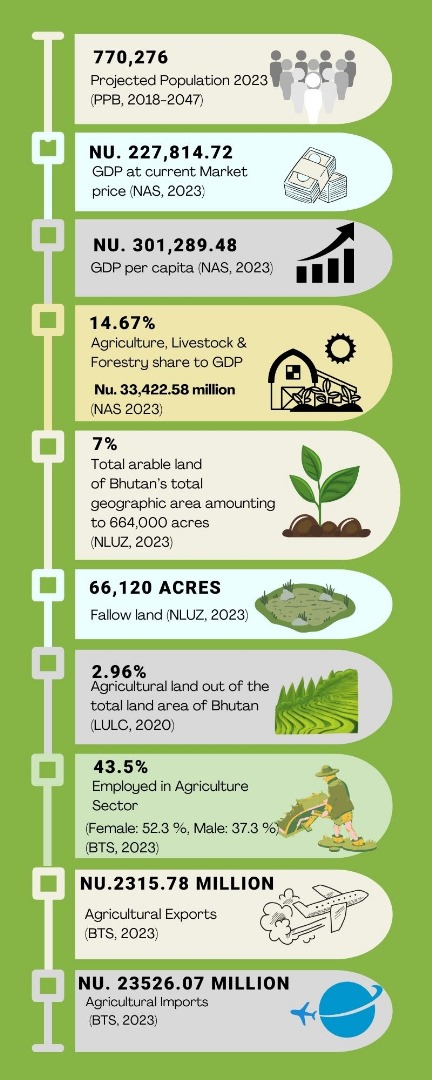Yak mortality is reported from different parts of yak rearing districts due to a recent heavy snowfall measuring about 3-4 feet in highland areas of the country. It is reported that 345 yaks have died to date and many more missing across the country with the death reports still coming in.
The mortality has occurred mainly from off feed, as mere/scarce fodder and grasses available were covered under snow and a small quantity of locally formulated feed and conserved hay available with the herders couldn’t be reached, as the yaks have dispersed far, looking for a place to feed and avoid extreme climate.
While snowfall had stopped, the grasses and shrubs that the yak feed on to survive at these hours are still under snow and ice are making it inaccessible. Yaks have nothing to feed on and herders are facing difficulties to source and feed the animal at this time. Yaks are losing weight and time approaching to migrate upstream for summer and as most animals are very weak.
With the continuous snowfall on the mountains, it is even expected more to foresee the loss of animals due to starvation and lack of water. The Livestock Research and Extension Division, Department of Livestock and the National Highland Research Development Centre (NHRDC), Jakar Bumthang in collaboration with the Dzongkhag Livestock Sector came up with a preparedness plan to reduce the incidences of yak mortality to the post unprecedented snowfall across the country.
The livestock officials of Haa have initiated to provide feed supplement of mixed ration comprising mustard oil cake and maize flour (0.25 grams each) to be fed at least 0.5kg of ration per day for a minimum period of one month to the vulnerable yaks.
Haa has a total yak population of 4879 out of which 30% were considered under vulnerable population which includes young calves below 2 years, pregnant yaks, old age and physically weak animals. Accordingly, the feed supplements were provided to a total of 1464 vulnerable yaks.
A total of 232 bags each of mustard oil cake and maize flour was procured and distributed to 58 yak herders under Bji, Katsho and Eusu gewogs, sufficient enough to sustain for one month i.e. 21955.5 kgs. Mustard oil cakes are rich in protein with about 35% of the total supplements provided and will be a good source of instant energy to yaks to survive this crucial period of time. The other supplements such as maize flour contain lower calories and are high in proteins and starch with an additional source of iron, phosphorous, zinc and various vitamins.
Likewise, the NHRDC in collaboration with National Research Development Center for Animal Nutrition (NRDCAN) has processed 2 MT of organic feed and is being distributed to Bumthang yak herders and plans to produce more to be supplied to other Dzongkhags as well. In addition, 2 MT of feed blocks that were produced is distributed to Gasa.
The Department of Livestock is implementing the long-term strategy of improving and renovating the degraded rangeland, providing alternative feed sources such as highland oat seeds, establishing feed blocks enterprise and formulating organic concentrate feeds and expanding new pasture lands through Highland Development Program support.
Herders expressed their happiness with the initiative taken by the government in supporting the highlanders in securing their source of livelihood. They said that despite our country going through difficult situations due to the pandemic, the government has considered the importance of the highlanders. They said that such initiative will give them moral support and strength to move ahead in times of hardships. They expressed their deep sense of gratitude towards His Majesty The King and the Royal Government of Bhutan for supporting them in times of hardship.
Additional pictures are online at https://m.facebook.com/story.php?story_fbid=323920053109642&id=100064749487099
Submitted by Department of Livestock
![]()




